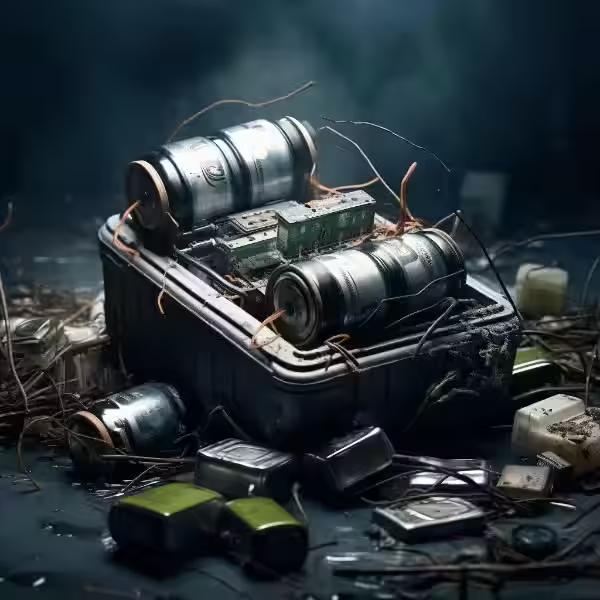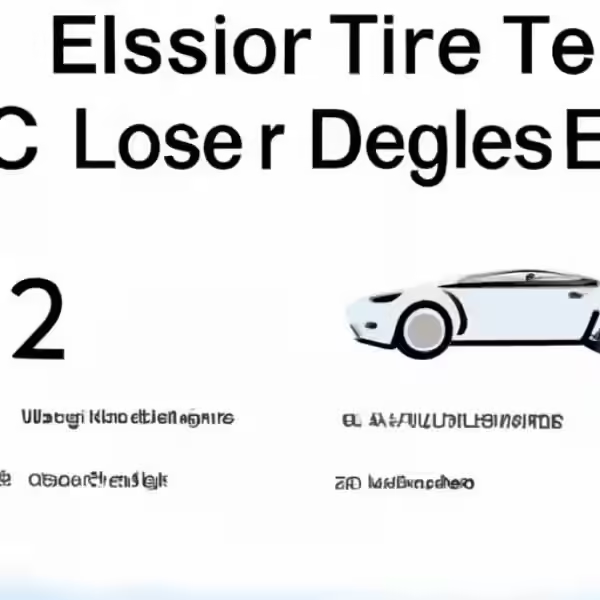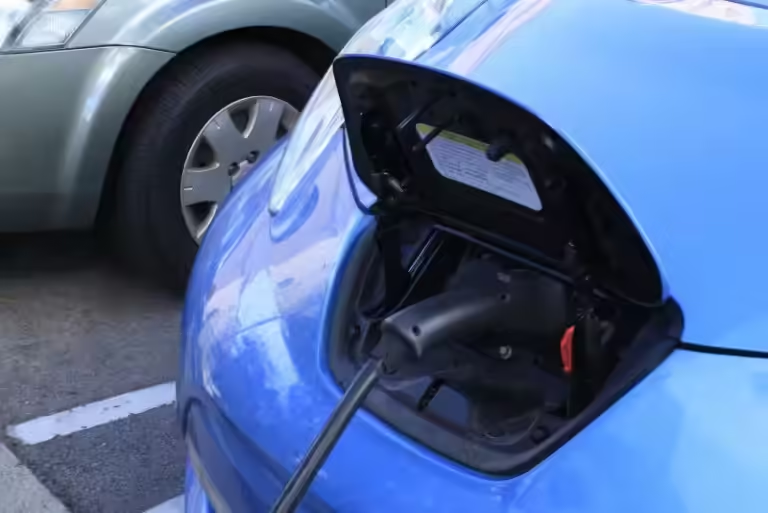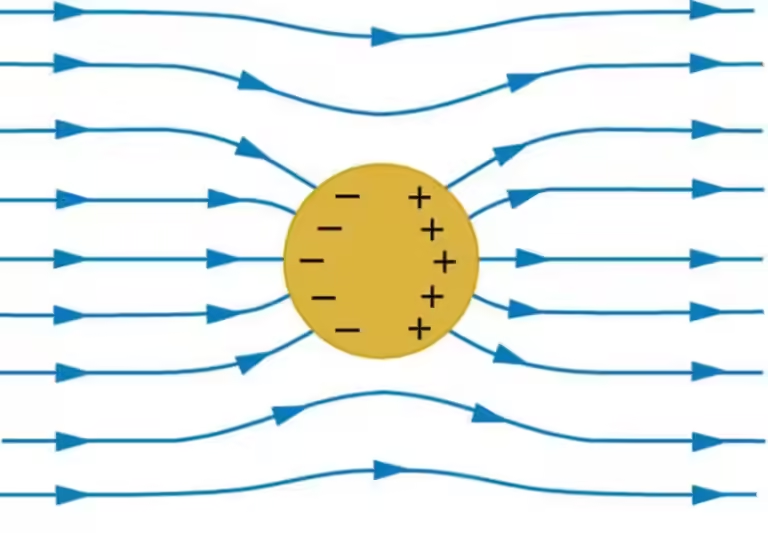The Afterlife of Lithium Batteries: What Happens When They "Die"?

From Powerhouse to Powerless: A Look Inside the Battery
Lithium-ion batteries, the powerhouses of our modern world, are everywhere: powering our phones, laptops, electric vehicles, and even storing energy from the sun. But like all things, these batteries have a finite lifespan. What happens when they reach the end of their charge? It's not a simple death, but rather a gradual decline in performance.
Imagine a battery as a bustling city. Inside, lithium ions shuttle back and forth between the anode and cathode, generating electricity. Over time, these ions become less efficient, struggling to make the journey. This leads to a decrease in the battery's capacity, meaning it can't hold as much charge as it used to. Think of it like traffic jams in the city, slowing down the flow of energy. Additionally, the battery's internal resistance increases, causing it to heat up and lose energy more quickly. It's like the city's infrastructure wearing down, making it harder to operate smoothly.
The Signs of a Dying Battery: Recognizing the Warning Signals
As a battery ages, it begins to show its wear and tear. The most common symptom is a reduced runtime. You might find your phone dying faster, your laptop needing to be plugged in more often, or your electric vehicle having a shorter range. Another telltale sign is slow charging. The battery takes longer to reach a full charge, like a car stuck in a traffic jam, unable to reach its destination quickly.
Finally, you might notice swelling or leaks. This is a serious sign that the battery is failing and should be replaced immediately. Swelling occurs when the internal pressure inside the battery increases, often due to a buildup of gases. Leaks can release harmful chemicals, so it's important to handle these batteries with care.
The Afterlife: What Happens to Batteries After They Die?
When a lithium-ion battery reaches the end of its life, it doesn't simply become useless. It can be recycled, giving its components a new lease on life. Recycling processes involve recovering valuable materials like lithium, cobalt, and nickel, which can be used to manufacture new batteries. It's like giving the city's old buildings a makeover, turning them into something new and useful.
However, not all batteries are suitable for recycling. Some may contain hazardous materials that pose a risk to the environment. In such cases, they may be disposed of in a specialized facility that can safely handle them. Think of this as a final resting place for the city, ensuring its remains don't harm the surrounding area.
Extending Battery Life: Tips for a Longer Lifespan
While battery death is inevitable, you can take steps to extend its lifespan. Here are some tips:
- Avoid extreme temperatures: Heat and cold can accelerate battery degradation. Keep your devices in a cool, dry environment, just like keeping your city's buildings in good condition.
- Don't fully discharge: Try to keep your battery between 20% and 80% charged. Think of it as giving the city a break from constant, heavy traffic.
- Avoid overcharging: Once the battery is fully charged, stop charging it. This prevents unnecessary stress on the battery's components. Imagine it as giving the city a chance to relax and recharge.
- Use the right charger: Use a charger specifically designed for your device. A mismatched charger can damage the battery, like using the wrong fuel for your city's vehicles.
- Consider battery management software: Some devices have software that helps optimize battery performance and extend its lifespan. Think of it as a traffic control system that helps things move smoothly.
The Future of Lithium Batteries: A Constant Evolution
Although lithium-ion batteries have become ubiquitous, research and development continue to refine their performance and lifespan. Researchers are working on new battery chemistries and designs to improve capacity, charging speed, and durability. Imagine a future city with more efficient transportation systems, cleaner energy sources, and a longer lifespan.
The journey of a lithium battery is one of constant evolution, from its creation to its death and even beyond. As technology advances, we can expect even longer-lasting and more sustainable batteries, ensuring the power of these vital components continues to shape our world for years to come.
Frequently Asked Questions about Lithium Batteries When They Die
What happens to lithium batteries when they die?
Lithium batteries don't truly die, they just degrade over time. This means they lose their capacity to hold a charge and their ability to deliver power.
How long do lithium batteries last?
The lifespan of lithium batteries varies depending on factors like usage, temperature, and charging habits. Generally, they can last for hundreds or even thousands of cycles before their performance noticeably degrades.
Can dead lithium batteries be recycled?
Yes, lithium batteries can be recycled. The valuable metals within them, such as lithium, cobalt, and nickel, can be extracted and reused.
What are the environmental impacts of dead lithium batteries?
While lithium batteries can be recycled, improper disposal can lead to environmental pollution. Leaking batteries can release harmful chemicals into the soil and water.
Are there any safety risks associated with dead lithium batteries?
Dead lithium batteries can still pose a fire hazard, especially if they are damaged or improperly disposed of. It's important to handle them with care and follow proper recycling guidelines.
Can I revive a dead lithium battery?
There are no guaranteed methods to revive a completely dead lithium battery. However, some techniques, like deep discharge cycling, may temporarily improve performance.
What should I do with a dead lithium battery?
It's crucial to dispose of dead lithium batteries responsibly. Look for local recycling programs or drop-off locations that accept them.








